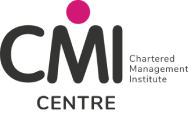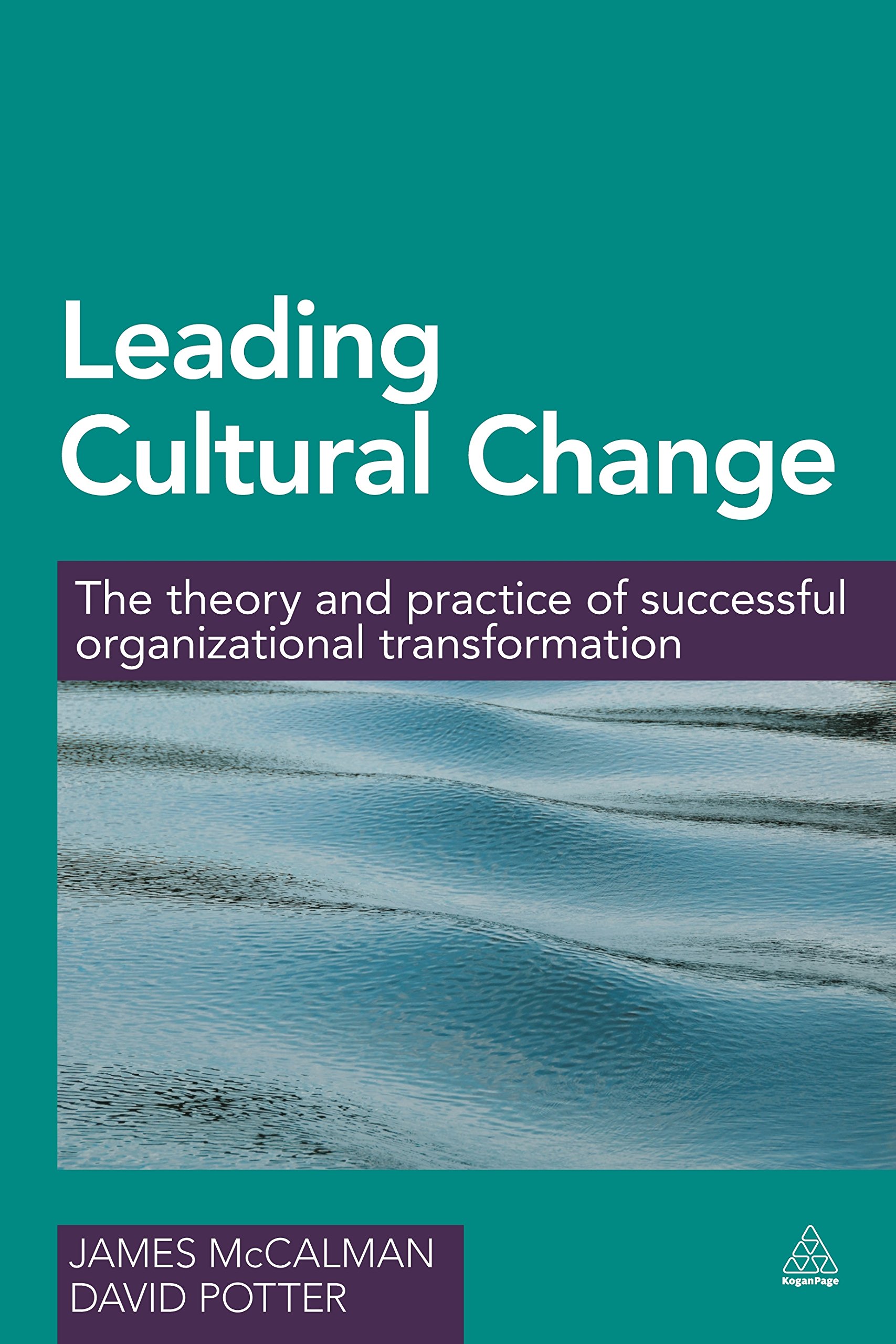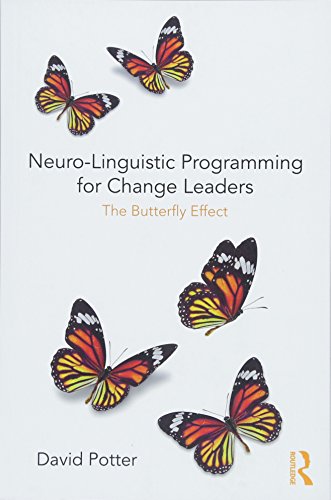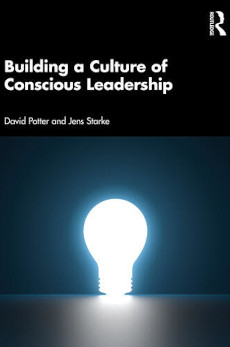The Butterfly Effect Change Management Lessons Episode 2
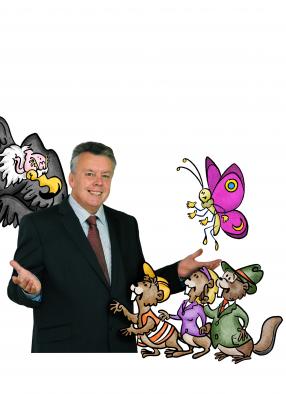
Introduction
In our animated fable about organisational change The Butterfly Effect https://www.youtube.com/watch?v=NCIa0eQw3mc&t=1s we introduce a management team based on the characters of Beavers.
In this series of short blogs we shall analyse each chapter in the fable and pinpoint the key change management lessons.
In episode 1 (Times are changing) posted 3rd January 2022 we reviewed the dramatic change in the fortunes of the Beaver team driven my powerful change drivers. The main lessons we reflected upon regards change management were:
- Lead in the present whilst leaning into the future
- Strategy work is ‘real work’, so make time for it
- The environment is constantly changing so prepare to meet your future leadership self
In this episode, our second in this blog series, we investigate how the Beaver leadership team initially reacted to the change crises and some key decisions they took to manage it.
Episode 2: Should I stay, or should I go?
The Beaver is known for its hard working and innovative approach to building eco systems based on teamwork and attention to detail. In our imaginary world the Beaver leaders had an important decision to make; should they leave and seek opportunities elsewhere or should they stay and make a substantial effort at leading their teams through this crisis.
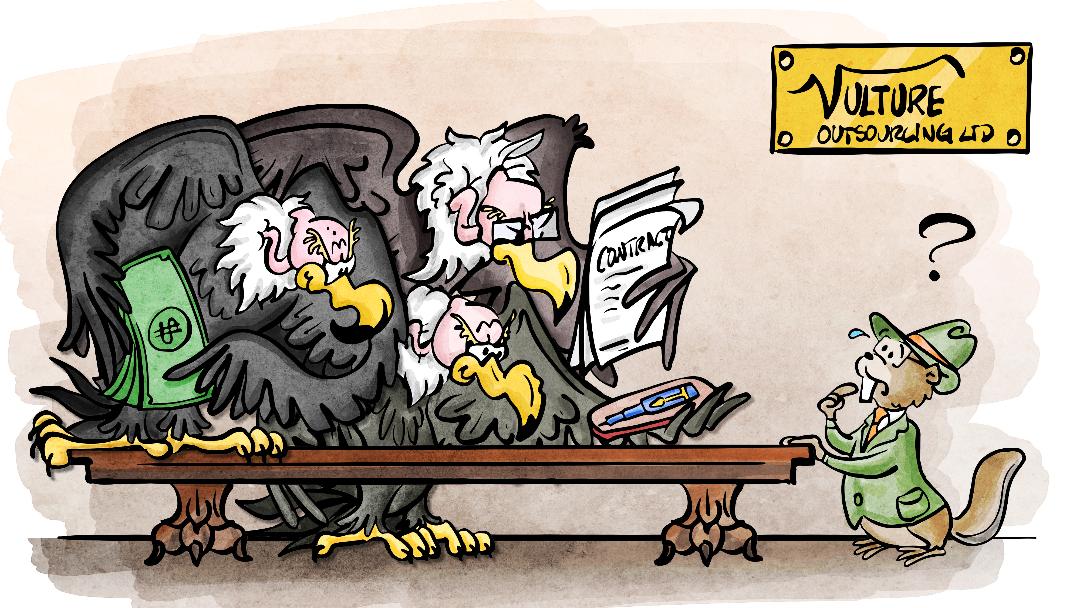
Although the senior leaders at Beaver Community Services were very shaken by the extent of the financial crises the were motivated by a powerful desire to lead their teams towards a bright and successful future. They elicited their inner COACH state and Connected with their Open minds to Attend to the needs of their followers remaining Centred and Confident as leaders whilst Holding their emotional states in highly resourceful ways.
They opened their minds to the idea that perhaps they could benefit from the support of a change professional; a consultant with a different mindset than themselves. They recognised that they needed help to grow as transformational leaders and build a change strategy that engaged all the main stakeholders behind their leadership. So they hired the Fox as their cultural change consultant and partner.
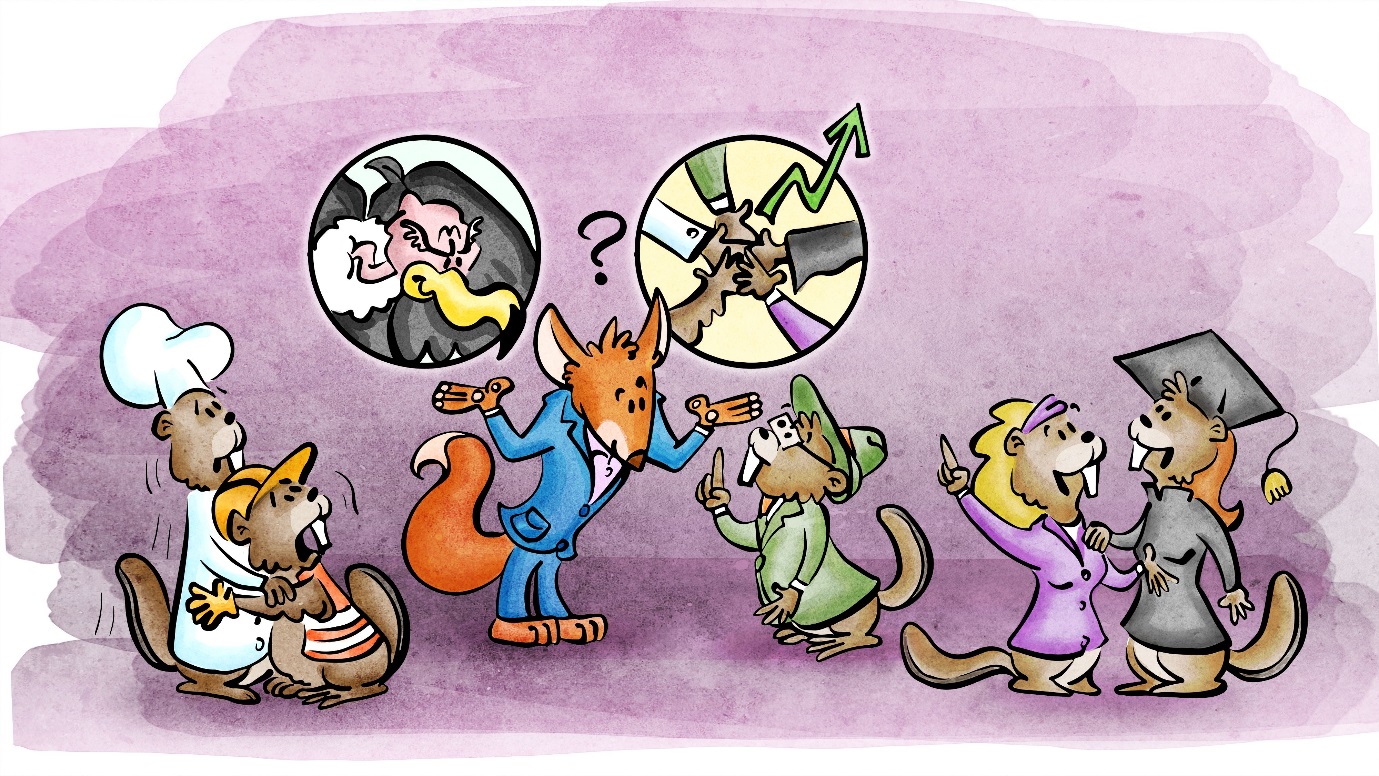
The Fox brought in his conscious leadership coach the Butterfly who worked with the Beavers to build a powerful enabling self-belief that would energise their vision of change. Together they built a compelling vision statement: “Be the best version of yourselves for your customers and your customers will love you back.” This vision of the kind of culture they could become energised and excited the Beavers.
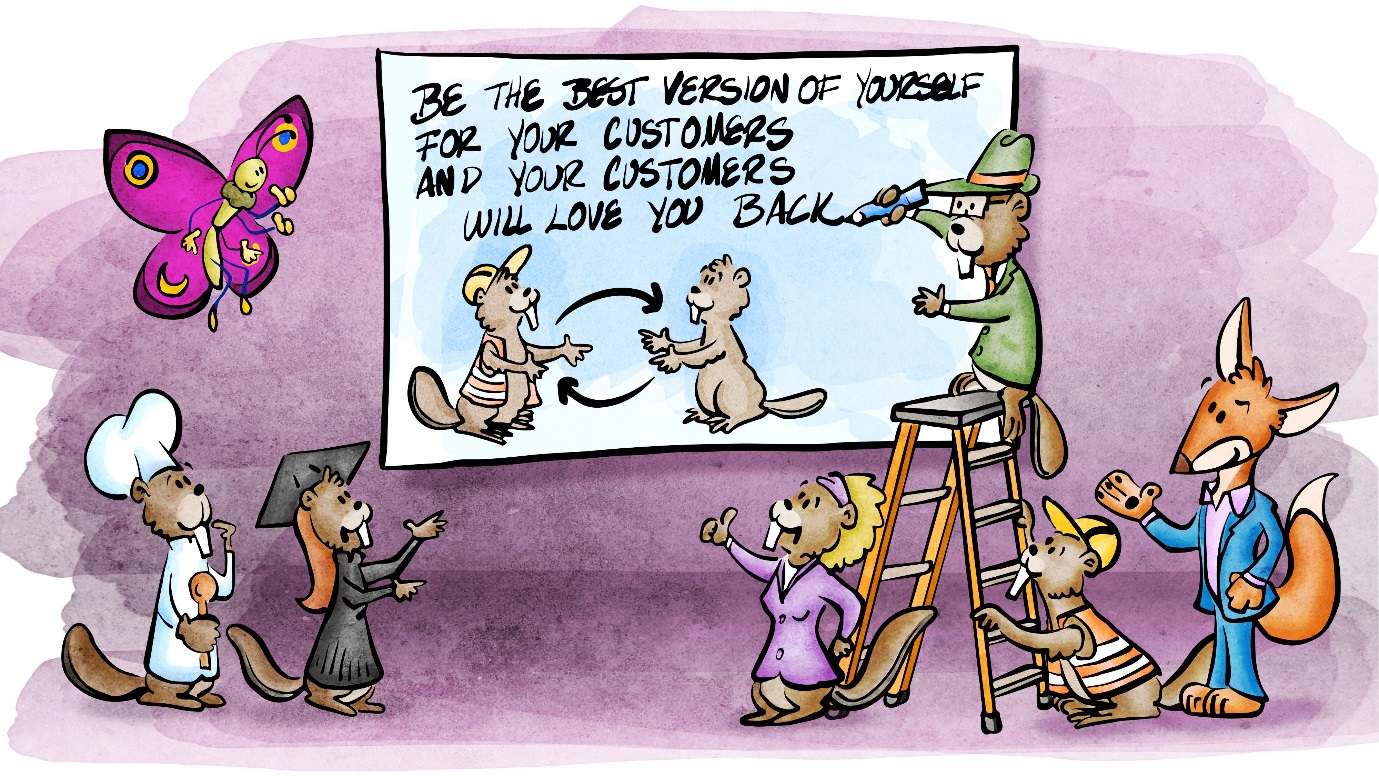
Change management lessons
- Choosing to lead a team through cultural transformation needs a resourceful mindset.
As leaders we have important choices to make. The most important one is whether we feel we want to offer ourselves as transformational leaders to our potential followers or whether we do not. Cultural change needs complete leadership commitment; it is not a challenge that can be accomplished by a half-hearted commitment. The mindset we choose needs to be of the highest calibre and the COACH state model developed by Robert Dilts and Stephen Gilligan offers a great model that we can adopt as leaders to lead from the most productive and resourceful place.
- Being open to working with external experts to compliment the in-house teams experiences is incredibly resourceful.
Related to our COACH state mindset is being Open to new learning and working with external professionals who can help us grow and develop as a transformational leadership team. This means being Attentive to our strengths and to our weaknesses.
- Building enabling beliefs and a compelling vision drives successful change work.
Beware of too much abstract planning at the early stages of a cultural change journey. Invest time with your colleagues and change partner to build powerful enabling beliefs and a compelling vision of what change will look like. This may involve letting go of limiting beliefs and reframing these, e.g. ‘I can’t change’ to ‘I can change, and I will change’. Being able to imagine your future version of yourselves beyond the change dilemma is an act of leadership and a powerful motivational force.
Conclusion
Our approach draws on techniques taught at many business schools on MBA programmes as well as innovative personal development methods rooted in the personal development movement. We harness analytical tools with reflexive learning tools to enhance the soft leadership skills that underpin our favoured model of conscious leadership. The aim of this approach is to make sure that our clients are able to maintain their focus on the present whilst leaning into their future and preparing themselves to keep leading their teams with conscious awareness. If you would like to learn more about our approach please contact myself at [email protected] and visit our website at www.culturalchange.co.uk

